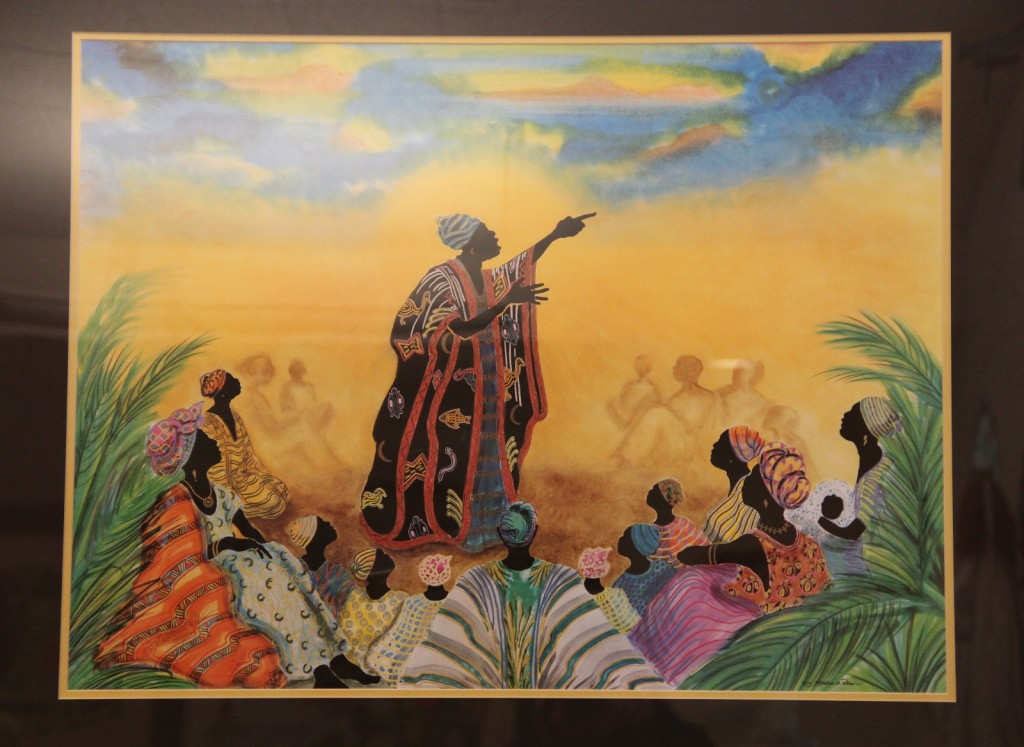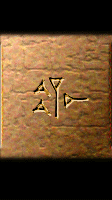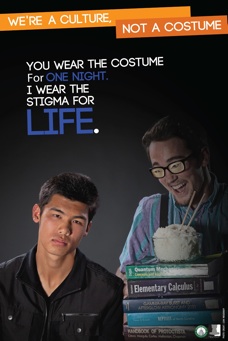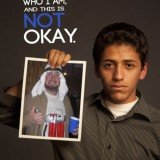"A rose, by any other name, would smell as sweet"
-William Shakespeare Romeo & Juliet
| G. Whittaker 10-2012 |
Shakespeare was an amazing playwright, but unfortunately this well known line of his doesn't apply very well to life. Although he is right that the name of something, or someone doesn't change their character, names are very important. Perhaps that is indeed why he wrote this line. Even in the play where it is spoken, names indeed play a huge role, and in a sense, help to determine the outcome of events. But the intent of this post is not to delve into Romeo and Juliet. Instead it is to discuss the names by which we call things.
Most people with children (and quite a few pet owners) are familiar with the quandary of choosing a name for their baby. This naming also extends very much so to authors. The names that we choose to call things can tell a lot about them, and sometimes even more about us. Author's don't choose names by accident, just like people don't typically just pull a name out of a hat to name their child. Some cultures have elaborate naming ceremonies, and in some a person will even progress through a series of names within a lifetime. In reading , it is important to consider what the purpose of a character's name is, and if it might really tell us more about that character.
But what really prompted me to write this post was thinking about the names that we assign to groups of people. This can be a very difficult area. I try to always use the most correct name possible when speaking about a cultural or ethnic group, but this can be very tricky. One of the most complicated parts is that when people self-identify. I have been reading a lot of work by Sherman Alexie recently. He is an author who comes from the Spokane tribe. He clearly identifies himself as a Spokane, but both in interviews and through the characters in his novels he also identifies as an Indian. Growing up, I as always taught to refer to these people as Native American. When I write about a group, or a person I like to be as accurate and respectful as possible, so this naming bit complicates things a lot. Through my life I have had personal friends who have belonged to various tribes, and they all had different thoughts on this naming. One friend of mine is Navajo, and I'm pretty sure she is not a fan of the term Indian because of the blanket way that people use it and the stereotypes that come along with it. This brings up a different issue in what to call another group, because sometimes they can call themselves something that is completely unacceptable for an outsider to use. Especially for native peoples of this country it can be very complicated. Let's continue with the example of the Navajo. We typically refer to them as Navajo, and this seems to be a pretty accepted term. But they have always been the Dine. (There's an accent on the e, but I can't figure out how to type it :( ) So are they Indians, Native Americans, Navajo, or Dine? I usually use the term Navajo because that's what the individuals who are of that group that I know personally use to identify themselves, but occasionally I use Dine. It is clearly used in a book I'm working on a blog post about that is about some of their history and was written specifically to be used in reservation schools.
With this tricky subject I suggest we simply do the best that we can to be respectful and accurate in the way that we name and describe a group of people. I recommend we try to make our roses smell as sweet as possible by not calling them by any other name. When writing about a group I will always try to do so!























